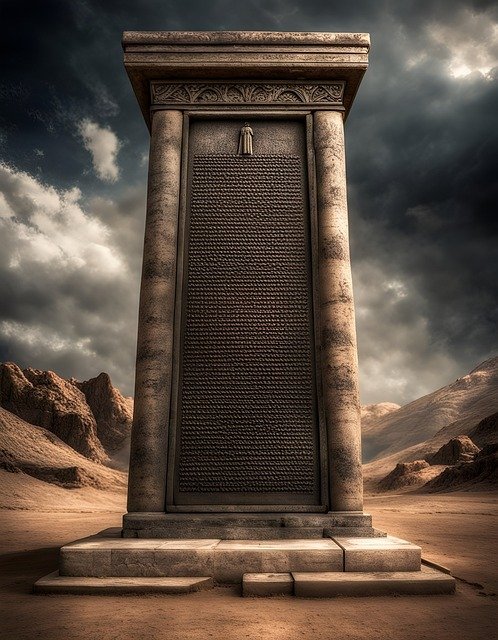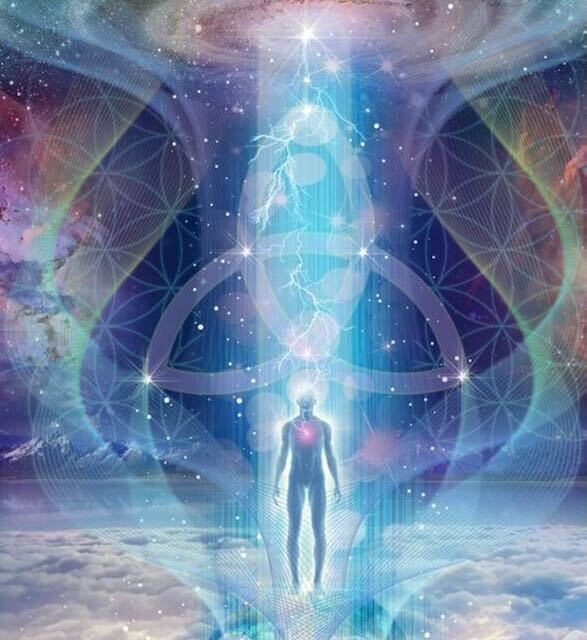Easter-Food for Thought (part 1)

Easter - A Journey to the Origins
In our modern society, Easter seems to be inseparably linked to the consumption of eggs and lambs.
But upon closer examination, the question arises:
Has it always been this way?
Indeed, Easter was originally a celebration of inner growth and fertility, long before the Christian era.
Today, I share with you a condensed excerpt of the story of "Inanna's Descent to the Underworld".
(There are numerous textual representations from different epochs, including the title "Descent to the Underworld.)
Inanna's Descent to the Underworld
The goddess of heaven and earth (also the goddess of fertility), Inanna embarks on a journey into the underworld to conquer it. Along the way, she must overcome 7 walls (or 7 gates) and gradually relinquish seven things she holds dear during her descent: her clothes, her jewelry, her hair, her pride, her desires, her crown, and her power.
Until she stands naked and powerless at the throne of the underworld before her twin sister Ereshkigal. However, Inanna knew no humility and attempted to overthrow Ereshkigal from the throne. She failed and was punished by being bound to a stake (to a cross) Only when she is revived and saved by the water of life can she ascend to the upper world.
Symbolism and Reflection
This story is a parable for the fact that we cannot feel complete until we have looked into the depths of our soul and integrated our shadows!
The underworld symbolizes the world of shadows.
Inanna's sister Ereshkigal symbolizes our deepest shadows: all our fears, our pain, our sorrow. These shadows cannot simply be pushed away.
We must let go of our desires, our wishes, and our ego, and face our shadows 'naked,' without masks and in humility.
Where Inanna dies, only our old, false self dies.
The tears, hence the "water of life," symbolize surrender and thus healing.
Inanna returns to life and to the upper world, and is thus quasi-reborn.
Inanna is also the goddess of fertility, which is why Easter is also celebrated as the festival of fertility with the symbolism of eggs.
Many thousands of years later, the Christian story of Jesus was spread.
Thus, the story of Inanna can be compared to that of Jesus, with his
journey to the cross, crucifixion, and resurrection.
Unfortunately, there is not much left of femininity in this part of the Bible...Coincidence? I guess not...





